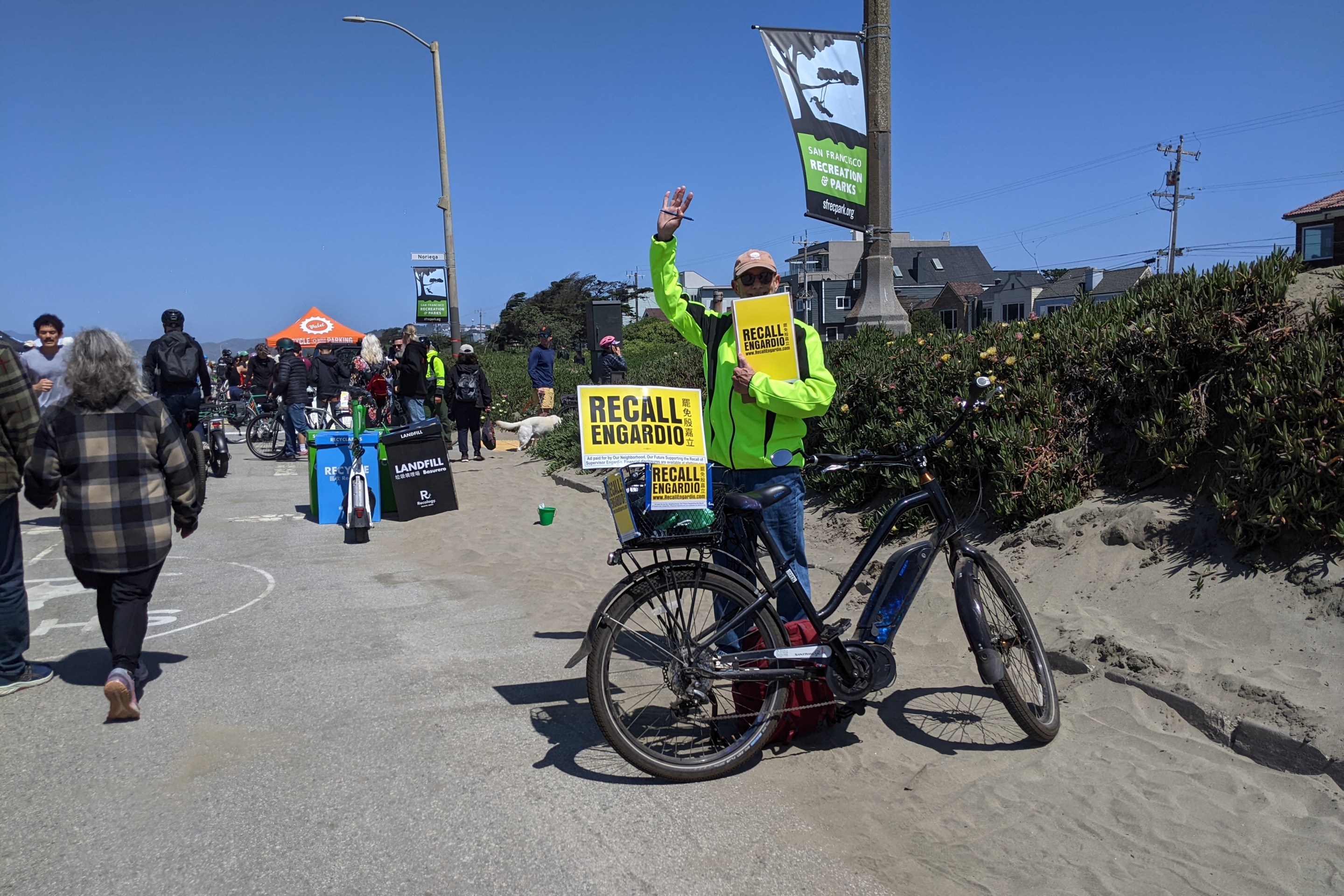On Labor Day, President Barack Obama gave a speech in which he pushed for the creation of a National Infrastructure Bank. Legislation that would establish the bank was introduced over the summer in Senate Bill 1926, authored by Chris Dodd of Connecticut and Chuck Hagel of Nebraska. But the idea of an independent financing entity for large infrastructure projects originated in Europe. The European Investment Bank (EIB) was created in 1958 as part of the Treaty of Rome, which started Europe on the path towards economic integration.

As an inspiration for an American Infrastructure Investment Bank, the EIB makes some sense, but there are also big differences. “It has to be understood in the context of European arrangements,” said Alistair Milne, a banking and finance professor at the Cass Business School at City University in London. European institutions, he explained, are not as comfortable with selling bonds for infrastructure projects. “The EIB fills a bit of that gap which may not exist in America.”
The bank is owned by all the member states of the European Union, so its mission is to encourage investments that advance Europe, rather than the interests of any single European state. It offers loans, technical assistance, and venture capital. Last year it raised about 80 billion euros for projects. It has provided loans for windfarms, solar plants, high speed rail, and other sustainable infrastructure projects.
For example, last year the EIB agreed to provide 5 billion euros for Spain's high speed rail system, including a line that will eventually link Madrid with Lisbon. And in May it lent 150 million euros to improve a Hungarian portion of the European electricity grid. In addition to these large infrastructure projects, it also provides some “small business finance and some lending outside of the European Union,” said Milne.
Originally, the Obama administration had planned to lend money to specific states. But this infrastructure bank model, it is hoped, will better allow private capital to be applied toward projects that cross state lines.
Because it would have the backing of the feds, there would be lower risk for investors, and it would be easier to raise capital. “The EIB can finance at lower cost than commercial banks because there is an implicit backing from the European Systems, but it is supposed to be subject to commercial disciplines,” said Milne.
But critics say the proposal for an American equivalent of the EIB falls short. For example, the administration is calling for capitalization to the tune of $60 billion: compare that to estimates from the American Society of Civil Engineers, which say it'll take $2.2 trillion to repair America's crumbling infrastructure. Still, the strategy is to use that Federal start-up investment to leverage another $500 billion in private investment.
UBS Americas is already throwing its support behind the proposal. And that's the whole idea: to facilitate investment from private banks. However, according to a Reuters report, UBS advised against modeling it as an infrastructure version of Fannie Mae and Freddie Mac, which required $150 billion in taxpayer funds to remain solvent after the housing market collapsed. Others, such as Senator Barbara Boxer of California, argue that the infrastructure bank duplicates some of what can be accomplished through existing programs, such as the Transportation Infrastructure and Finance And Innovation Act (TIFIA).
But supporters like the idea of a funding institution that can, at least in theory, transcend local budgets, political turf wars, and election cycles. Some compare the Infrastructure Bank concept to the Federal Deposit Insurance Corporation and its role in retail banking. For giant electric, water and rail projects that take decades to construct and cross many state boundaries, this may be just the way to leverage the private capital necessary to keep the country's infrastructure from falling apart.




